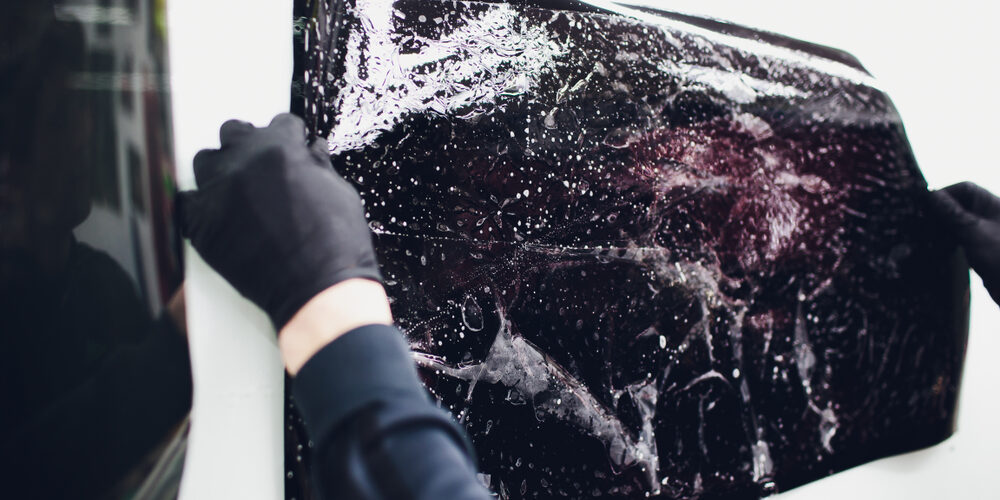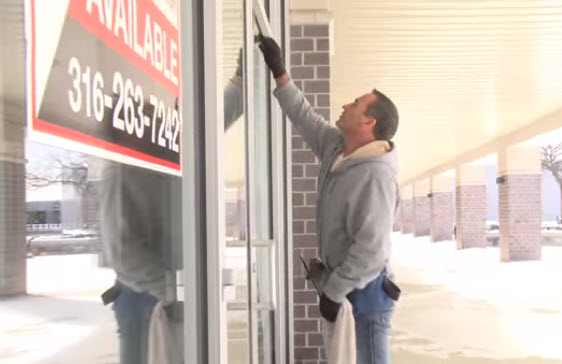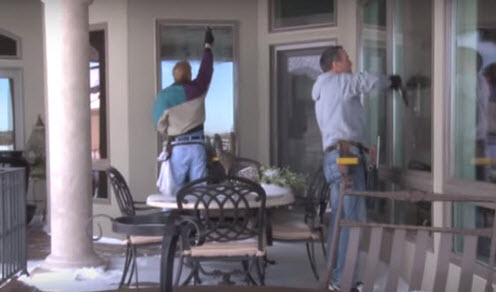When customizing a vehicle for added privacy or UV protection, many wonder about the possibility of applying aftermarket tint over factory-tinted windows. Factory tint, typically achieved through dyed glass, provides some degree of privacy and UV protection but might not meet all drivers’ needs.
Here’s what you need to know about adding aftermarket tint to factory-tinted windows…
Understanding Factory Tint
Factory tint is integrated into the window glass during manufacturing, resulting in a uniform color and level of tint across all windows. This built-in tint primarily offers privacy and blocks some UV rays but may not significantly reduce heat inside the vehicle. The level of tint is measured in Visible Light Transmission (VLT) percentage, indicating the amount of light that passes through.
Adding Aftermarket Tint
Legal Considerations
- VLT Laws – Before applying an additional layer of tint, it’s crucial to check local regulations regarding the allowable tint level. Every state or country has specific VLT percentage laws for vehicle windows to ensure safety by maintaining driver visibility.
Performance and Protection
- Enhanced UV and Heat Reduction – Aftermarket tint, especially options like ceramic or carbon films, can offer superior UV protection and heat reduction compared to factory tint alone.
- Increased Privacy and Security – Applying a darker tint over factory-tinted windows can enhance privacy and security, making it harder to see inside the vehicle.
Visual Quality
- Potential for Increased Reflectivity – Some aftermarket tints, particularly metallic films, can increase window reflectivity. While this might be a desired effect for some, it’s important to consider how it complements the vehicle’s aesthetics.
- Consistency – Applying the same grade of tint over all factory-tinted windows ensures a uniform appearance. Differences in the base tint level might affect the final look.
Installation Concerns
- Professional Installation – For the best results, professional installation is recommended. Experts can ensure that the aftermarket tint adheres properly over the factory tint without bubbles or peeling, which could compromise visibility and appearance.
- Warranty and Damage Risks – Always consult with a professional installer about the potential risks, including any implications for warranty claims. Incorrectly applying tint over factory-tinted windows might cause damage or void warranties.
Tinting over factory-tinted windows is feasible and can be an effective way to enhance UV protection, heat reduction, and privacy. It’s crucial to consider local tinting laws, the desired level of visibility, and the aesthetic impact on your vehicle. Consulting with a professional tinting service can provide personalized advice and ensure that any additional tinting complies with legal standards and meets your expectations for performance and quality.






